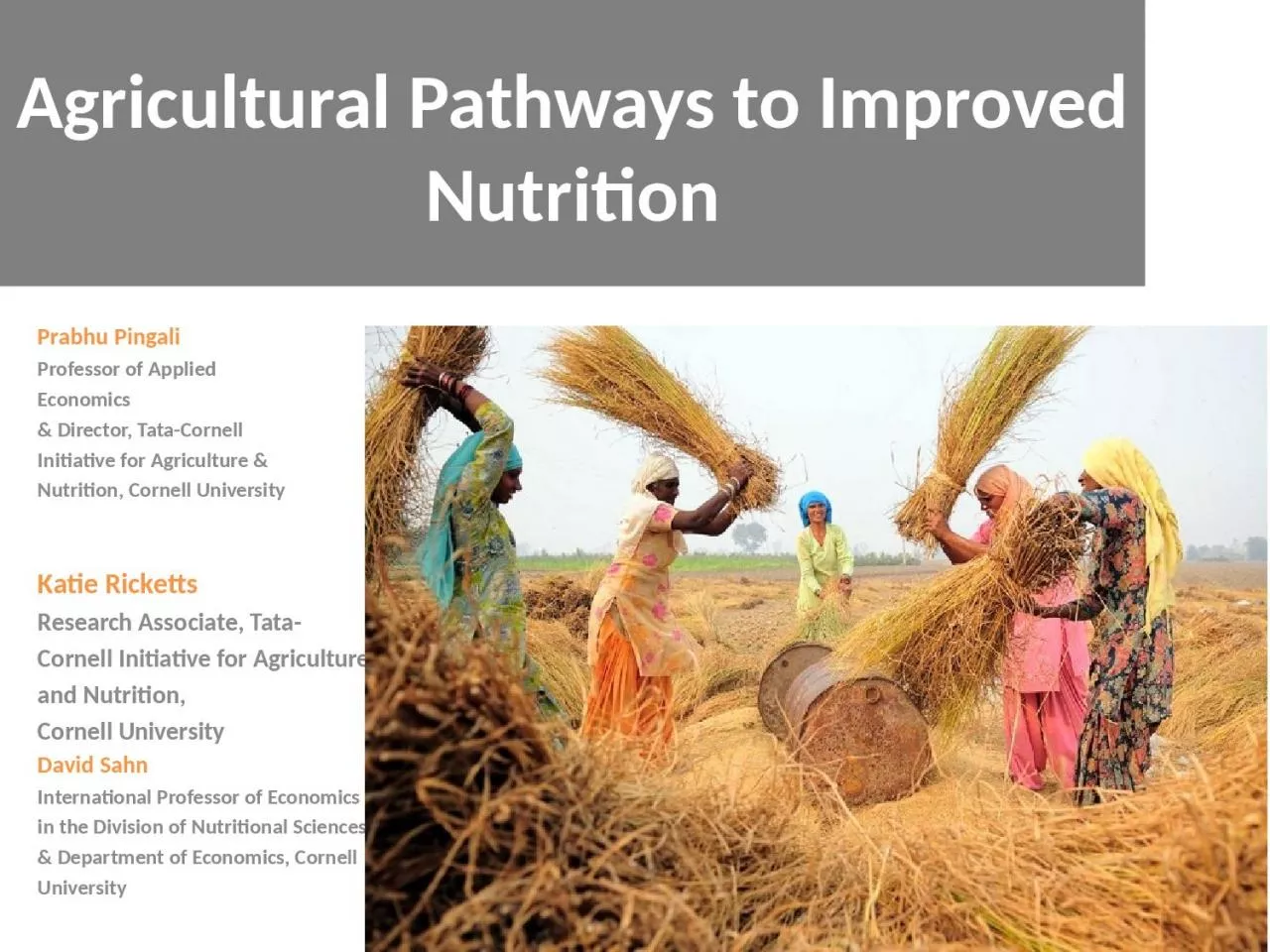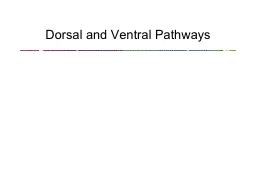PPT-Agricultural Pathways to Improved
Author : belinda | Published Date : 2024-03-13
Nutrition Prabhu Pingali Professor of Applied Economics amp Director TataCornell Initiative for Agriculture amp Nutrition Cornell University David Sahn International
Presentation Embed Code
Download Presentation
Download Presentation The PPT/PDF document "Agricultural Pathways to Improved" is the property of its rightful owner. Permission is granted to download and print the materials on this website for personal, non-commercial use only, and to display it on your personal computer provided you do not modify the materials and that you retain all copyright notices contained in the materials. By downloading content from our website, you accept the terms of this agreement.
Agricultural Pathways to Improved: Transcript
Download Rules Of Document
"Agricultural Pathways to Improved"The content belongs to its owner. You may download and print it for personal use, without modification, and keep all copyright notices. By downloading, you agree to these terms.
Related Documents














